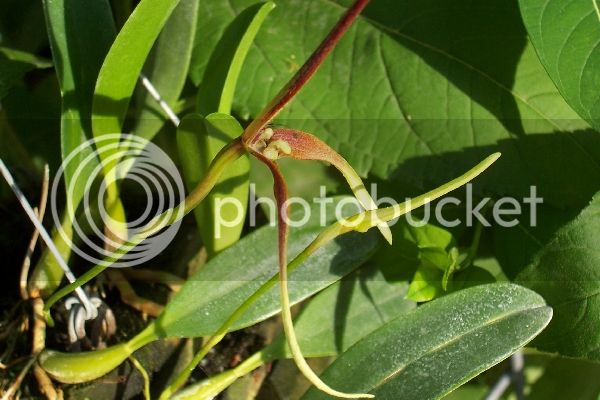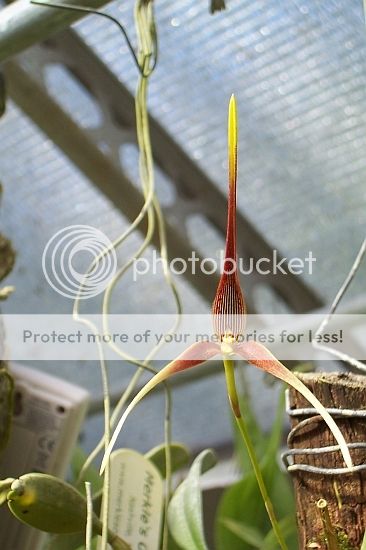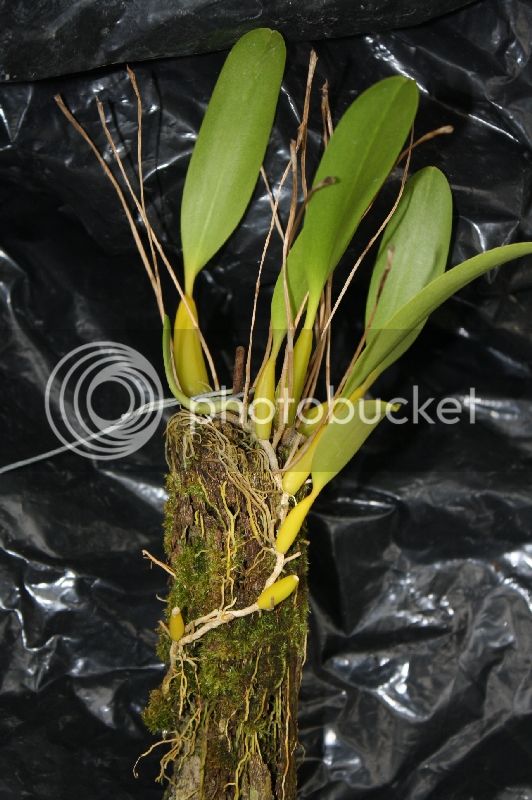A
ALToronto
Guest
Bjorn, if your bog water has H2S, it likely has a lot of iron. You should check for it.

Chlorine or sodium? No reason to worry though, its probably inthe fertiliser as impurities anyhow.
The effect of the other micros particularly Manganese are real though
Bjorn, if your bog water has H2S, it likely has a lot of iron. You should check for it.
Chlorine (Cl2) is oxidative (bleaching) gaseous form of chloride. In water in forms hypochlorite HClO3(also bleach). So unless your plants are burning up or turning white, you don't have significant chlorine in the system, but the anion chloride can be quite common.
Also all cations (the majors in surface water are Ca, K, Na, Mg) must be charge balanced with anions (or you are working in extreme acid, base, or potentially explosive situations).
In natural waters the major anions are chloride, sulfate, and bicarbonate ion. In RO based fertilizer systems the predominant anion will be nitrate and phosphate. The chloride and sulfate are often just balanced parts of the trace metal salts, unless special selection of chloride or sulfate salts are used to provide any of the major cations (for instance Epsom salt is Mag sulfate but you can also get chloride, hydoxal, and nitrate salts of magnesium).
My water is a bit uncommon, its surface water taken from a bog next door and smells of sulphur, hydrogen sulphide presumedly. After treatment, the sulfide is transformed to sulphate and the yellow tainted water is colorless. Conductivity is around 150microSiemens or around 100ppm if that has any significance. pH is close to 7 though. It works well for the orchids, but I do not know what causes the conductivity. Its not calcium or magnesium, probably some sort of sulphates?
Bjorn, if your bog water has H2S, it likely has a lot of iron. You should check for it.
Thanks Rick for the offer, but it is not that straight forward. This bog thing is a genuine sphagnum moss located on my property. The bedrock in most of Norway is an ancient igneous and metamorphic rocks type gneiss dominated by plagioclase with granite inbetween. Relatively acid rocks in other words.It's probably not as uncommon as you think Bjorn. What is the hardness?
Sulfate is only an anion. So for charge balanced water you will have sulfates balancing with the major cations (Na, Ca, Mg, K). If the hardness (a measure of calcium and magnesium) is low you probably have mostly sodium as the predominant cation. If hardness is high then the primary salts will be calcium and magnesium sulfates.
"sulfur water" is common here in TN, and its usually very hard (calcium sulfate predominant) with some soluble iron (maybe a full ppm). But stinky with a couple hundred ppb H2S because its coming out of a de-oxygenated aquifer with plenty of sunken organic crap and metal sufides to feed the bugs.
I could probably do an ion mass balance of your water with just a little more info (like hardness and alkalinity)
To complicate, below the surface layer, and below the sphagnum, is probably a layer of marine sediments (10000years old) composed of clays with shells etc. So our well water is pretty rich in calcium and alkalinity, but the bog water is not. But there are plenty of posibilities of havings a mix of sodium calcium and perhaps magnesium sulphate and even chlorides at a few ppm levels in the bog water. Its proven good for orchids though
This is the formulation that I am currently using:
117 g N (NO3/NH4 = 3.8/1)
21 g P2O5
83 g K2O
54 g Ca
15 g Mg
6 g S
1800 mg Fe
1600 mg Mn
800 mg Zn
600 mg B
300 mg Cu
200 mg Mo
200 mg NaCl
40 mg Co
20 mg Ni
This is diluted to 2 liters and I add 2 - 3 ml per gallon of water.
Actually it is a 2 component mixture, each component diluted to 1 liter and I use 10 - 15 ml of each per 10 gallons of water. This will give 30 - 45 ppm of N.
Have tried with those kits. Alkalinity and hardness is close to nil.
OK here's a time series of a plant that has gone thru (and survived) the boom and bust cycle common for me with high K feeding.
This Bulbo unitubum (mounted in wooden basket) was purchased BS multigrowth in 2006. Here in 2007 I'm pretty happy with it, and ultimately total growths got up to 20+

Some where around 2008-2009 it started crashing and I took what was left and tied it to a piece of grape vine. It straggled on and produced a bloom in 2010 (3 months into the early low K program)

Now here it is after 3+ years of low K and "impoverished" feeding.

The old growths (which were mature blooming growths) at the bottom are tiny compared to the new growths. The oldest bulbs are 1.6 cm the newest are 4 cm. The oldest growth with a leaf is 2 cm and the leaf is 5 cm. The leaves on the new growths are 9 cm. The old flower spikes are still attached, and the old growths have 1-3 spikes, while the newest growth has 5 spikes, and still healthy enough to bloom again. From 2006 to 2010 it never produced growths this big or floriferous.
Interesting David,This is the formulation that I am currently using:
117 g N (NO3/NH4 = 3.8/1)
21 g P2O5
83 g K2O
54 g Ca
15 g Mg
6 g S
1800 mg Fe
1600 mg Mn
800 mg Zn
600 mg B
300 mg Cu
200 mg Mo
200 mg NaCl
40 mg Co
20 mg Ni
I've seen some water that came out of a sulfuric acid plant in Wyoming that was pretty much devoid of hardness (had just 2-3 ppm of Ca and Mg) and was nothing but sodium sulfate and sodium bicarbonate. (Conductivity was ~2000uS/cm)
Interesting that your pH is holding short of 7s.u. with 100ppm of TDS and not getting any significant alkalinity.
Rick, Bjorn is right - as long as you can smell H2S, it is harmless. After all, our own bodies produce it, but no matter how toxic a bathroom may seem, the odour hasn't killed anyone yet. It's when you stop smelling it that you have to worry.
I used to work at a nuclear power plant that had a heavy water plant on the grounds, so those of us who rode bicycles to work past the heavy water plant had to carry oxygen kits. Heavy water production uses H2S for isotopic separation of water.
I can show you a bulbo which has been growing on a tree fern log (high K content) for at least 8 years.
Seems a bit similar to my water and I have been wondering whether it could have some sulphate and / or chloride, mainly sodium? Chloride and sodium coming from the marine sediments. Remember as this is a sphagnum bog, most likely there is some rather significant ion exchnage capabilities going on so if seepage water containing calcium comes into the system, it will absorb on the sphagnum releasing H+ and this will neutralise the hydrogencarbonate yielding CO2 that escapes.
Does this sound reasonable?
Rick, Bjorn is right - as long as you can smell H2S, it is harmless. After all, our own bodies produce it, but no matter how toxic a bathroom may seem, the odour hasn't killed anyone yet. It's when you stop smelling it that you have to worry.
.
Enter your email address to join: